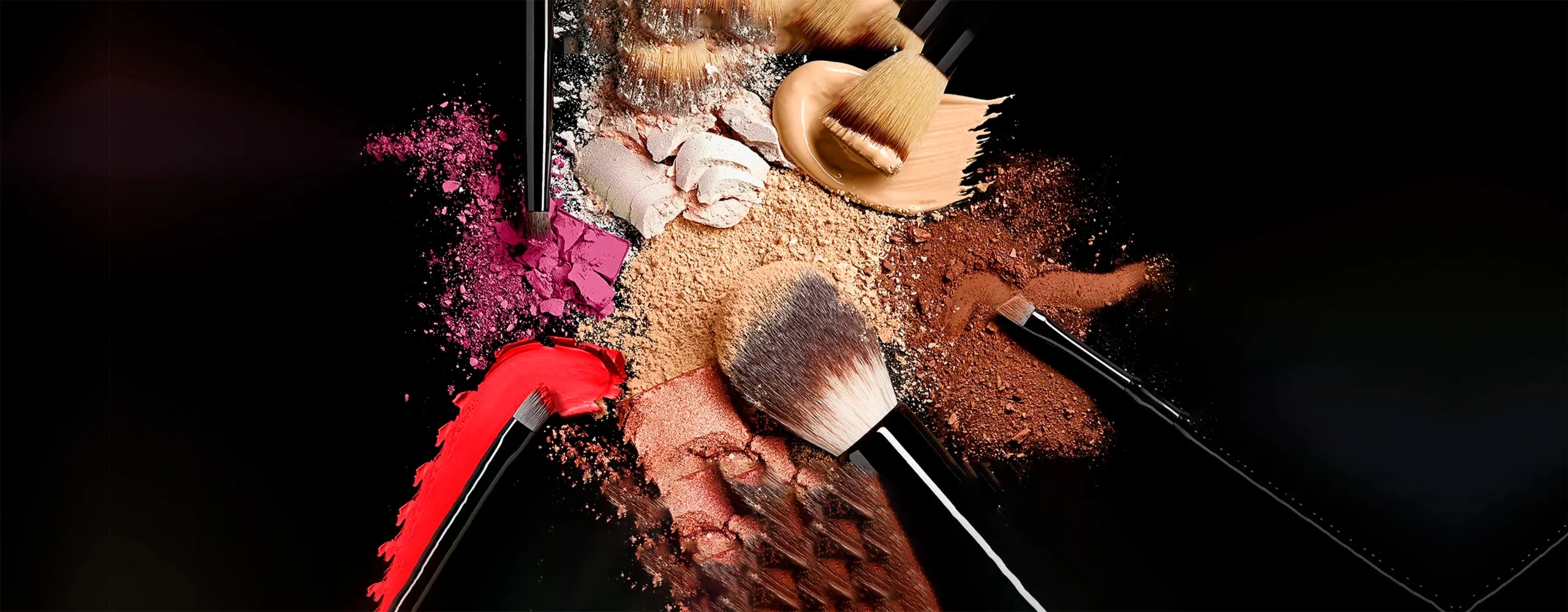
Imagine flawlessly applying makeup with smooth brush strokes that sculpt your face, adding depth and definition. Cut back to reality; your face, after cleansing, now has blemishes, clogged pores, and skin reactions. Let’s get real for a moment and find out why this happened. We’re all guilty of neglecting our makeup brushes; that chore lingers on our to-do list but never gets done.
But here’s the deal: those neglected brushes could be causing more drama on your face than a reality TV show. We’re here to spill the tea on how and how often you should clean those brushes. So, ditch the bacteria buildup and learn how to clean makeup brushes and maintain them for extended use.
Is it Important to Clean Makeup Brushes?
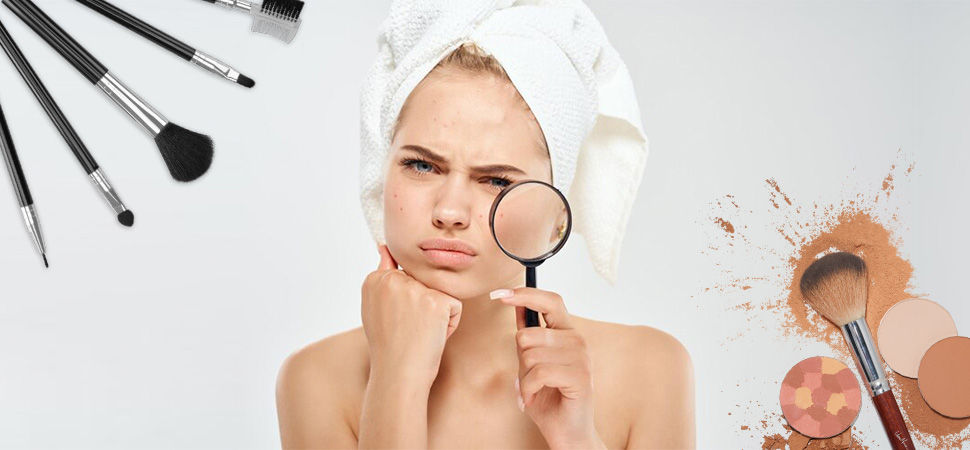
The barely visible residue of sebum, dead skin cells, and bacteria breeding on your makeup brushes is not a pretty sight, yet it’s a reality we often ignore. Regularly washing your makeup brushes maintains their softness and ensures they’re gentle on your skin.
Neglecting this step can lead to hardened bristles, causing unnecessary abrasion that may irritate or damage your skin. Thus, to safeguard your skin’s health and overall complexion, it’s essential to keep your makeup brushes clean and free from harmful germs.
Here are 3 primary reasons to clean your brushes immediately:
- Prevent bacterial buildup
Brushes are fertile ground for bacteria like E. coli, Staphylococcus, and other harmful organisms we’d rather not think about. Keeping them clean minimizes the risk of these invisible enemies wreaking havoc on your skin. - Maintenance of brushes
As time passes, product residue and natural oils can muddle your brush’s bristles, harden them, and degrade their effectiveness. A clean and washed brush ensures your application remains precise. - Avoid skin irritations and breakouts
Transferring old makeup and bacteria onto your face can irritate skin conditions like acne, eczema, and allergies. Regularly cleaning your brushes provides a barrier against unwanted skin reactions.
How to Wash Makeup Brushes?
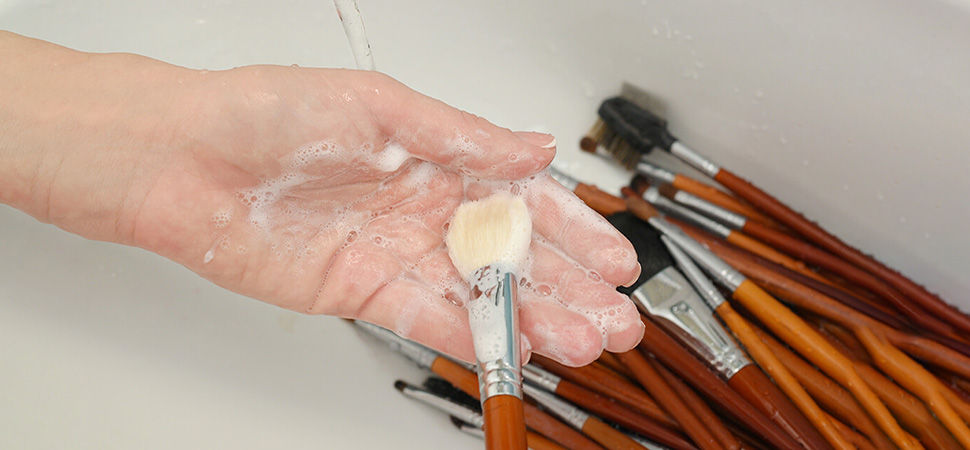
Knowing your makeup brushes is the first step to cleaning them. Your makeup brush set comprises various brushes, each serving a different purpose and requiring slightly different cleaning methods and products. There are two main types of bristles: synthetic and natural.
Synthetic brushes, often made of materials like nylon, are durable and work well with liquid or cream products. On the other hand, natural bristles, derived from animal hair like goat or squirrel, are great for powder application. Knowing this, here’s a cleaning approach for each type of brush:
- Foundation Brushes
Use a mild liquid soap or a specialized brush cleaner. Wet the bristles, apply the cleaner, and gently create a lather by swirling the brush in your palm or on a brush cleaning pad. Rinse thoroughly under running water until all soap is washed out completely. - Concealer Brushes
Using a mild soap or gentle cleanser, dampen the bristles with warm water, apply the soap, and gently massage the bristles to ensure complete coverage. Rinse thoroughly later. - Powder Brushes
Use water with a gentle shampoo or a specific brush cleaner. Swirl the brush in the cleaning solution to make a lather, ensuring all bristles are coated. Rinse under running water until clear. - Contour Brushes
Brush cleaner or a mixture of water and gentle shampoo. Swirl the brush in the solution, creating a lather, paying extra attention to the contoured areas, and then rinse thoroughly. - Eyeshadow Brushes
Clean the brush using water, a gentle shampoo, or a brush cleaner. Swirl the brush in the solution, ensuring each bristle is lathered, then rinse under running water until clear. - Eyeliner Brushes
Clean the brush by swirling it gently in water with a mild shampoo or specialized brush cleaner. Focus on the base of the bristles and rinse thoroughly to remove all residue. - Lip Brushes
Use mild soap or brush cleaner. Wet the bristles, apply the cleanser, and softly massage to eliminate the lip product. Rinse well under flowing water.
How Often to Clean Your Makeup Brushes?
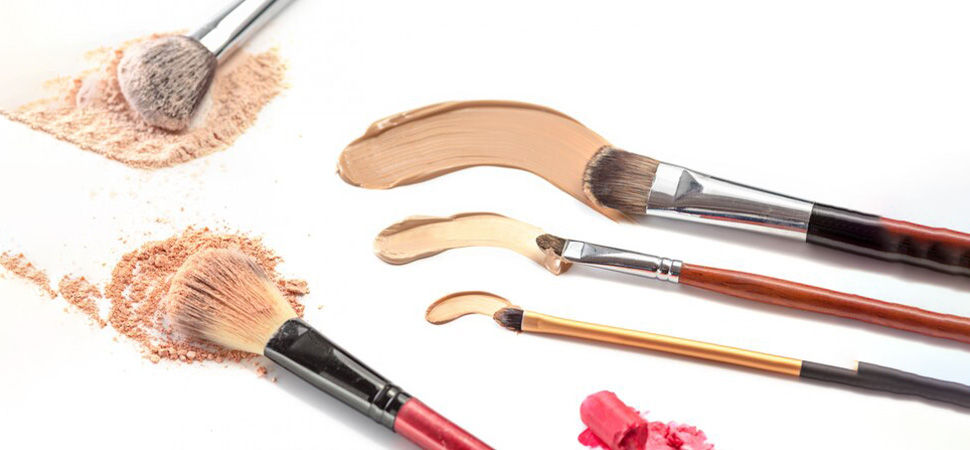
This is a point of discussion for many. How often is enough with so many conflicting schedules and personal hygiene justifications? Let’s understand this with a brush-by-brush breakdown. The recommended cleaning frequency largely depends on the type of brush and its usage. Foundation brushes, used with liquid products, should ideally be cleaned once a week to prevent product and bacteria buildup.
Brushes used around the eyes, such as eyeshadow and eyeliner brushes, also warrant a weekly cleaning due to the sensitive nature of the skin in that area. However, brushes used for powder products, like blush and bronzer brushes, can be cleaned every two weeks as these products do not harbor bacteria as easily as their liquid or cream counterparts. Lastly, brushes used less frequently or only with dry products can be cleaned as part of a monthly cleaning routine.
Best Way to Clean Makeup Brushes?
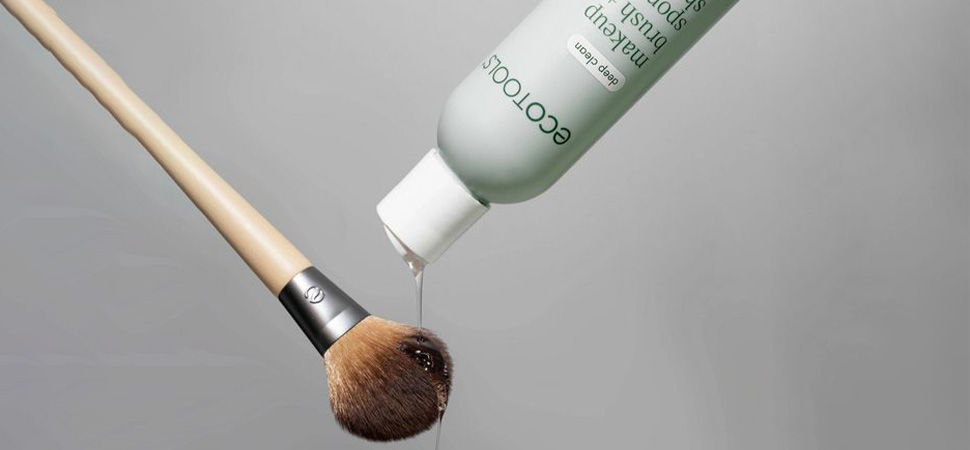
Selecting the right cleanser for your makeup brushes is extremely important for extending their lifecycle. Each type of cleanser has its benefits tailored to different makeup products and brush types. With the above breakdown, choose a cleanser that suits your brush material, the makeup you often use, what you like regarding ingredients, and how it feels.
- Oil-based cleansers
These are especially effective at breaking down heavy, waterproof makeup residues, making them perfect for cleaning foundation and concealer brushes. However, they require a thorough rinsing to ensure no oily residue remains that could affect makeup application. - Solid bar cleansers
Offering a fuss-free, eco-friendly option, they are ideal for travelers or those with limited space. They’re typically less messy than liquid cleansers and can be directly rubbed onto the brushes, creating a lather for effective cleaning. - Gentle liquid soaps or shampoos
These are often recommended for synthetic and natural bristles, as they’re soft on the fibers but tough on grime. Opt for fragrance-free and dye-free options to minimize potential skin irritants. - Professional makeup brush cleaners
Specifically formulated for makeup brushes, they often provide a deep clean without requiring extensive rinsing. These can be particularly handy for quick color changes between applications.
How to Use Rubbing Alcohol on Makeup Brushes?
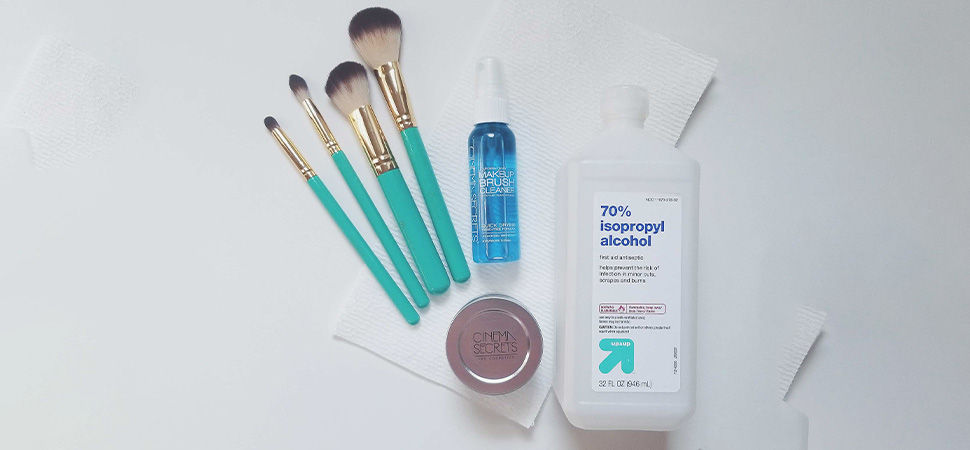
This is a hot topic. Some swear by it, and others denounce it. But what’s the truth behind using rubbing alcohol as a makeup brush cleaner? Rubbing alcohol is widely acknowledged for its potent disinfecting properties, making it a practical option for quickly sanitizing makeup brushes. It’s particularly well-suited to killing the bacteria and viruses that can build up on brush surfaces.
However, frequent use can transform your brush’s soft bristles into dry, brittle strands and cause breakage over time. To strike a balance, it’s advisable to use rubbing alcohol in small quantities and dilute it with water. This way, you can enjoy the disinfecting perks without sacrificing the life and performance of your makeup brushes.
How to Dry Makeup Brushes Properly?
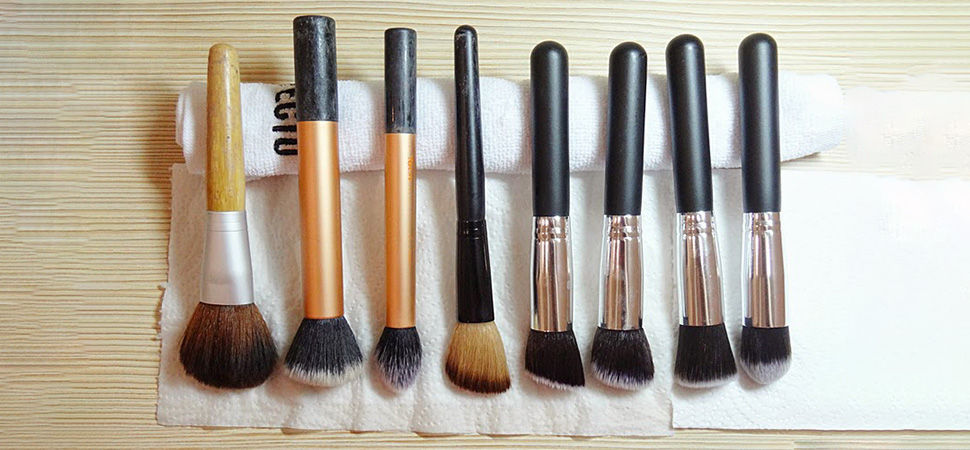
Drying your makeup brushes is just as vital as cleaning them. Pro tip: Gently shake brushes to remove water, reshape bristles, and lay them flat on a clean towel with bristles hanging off a counter or shelf edge. This helps air circulate for quicker drying without twisting the bristles.
To dry your brushes properly, avoid standing them upright when wet. Water seeping into the ferrule can loosen the glue and lead to bristle loss. You can speed up the drying process by using a fan or a hairdryer in a cool setting, but maintain a reasonable distance to prevent heat damage. This helps preserve your brushes’ structure and prepares them for your next makeup application.
In wrapping up this guide on how to clean makeup brushes, the key takeaway is understanding your brushes—whether they boast synthetic or natural bristles—and adapting your cleaning method accordingly. Addressing all the obvious questions you might have about maintaining your makeup brushes, we hope this guide answers all your queries.
Remember, regularly cleaning your makeup brushes is not just a commitment to your beauty routine; it’s an investment in the health of your skin. Show them the care they deserve, and they’ll continue to be trusted partners ahead.




